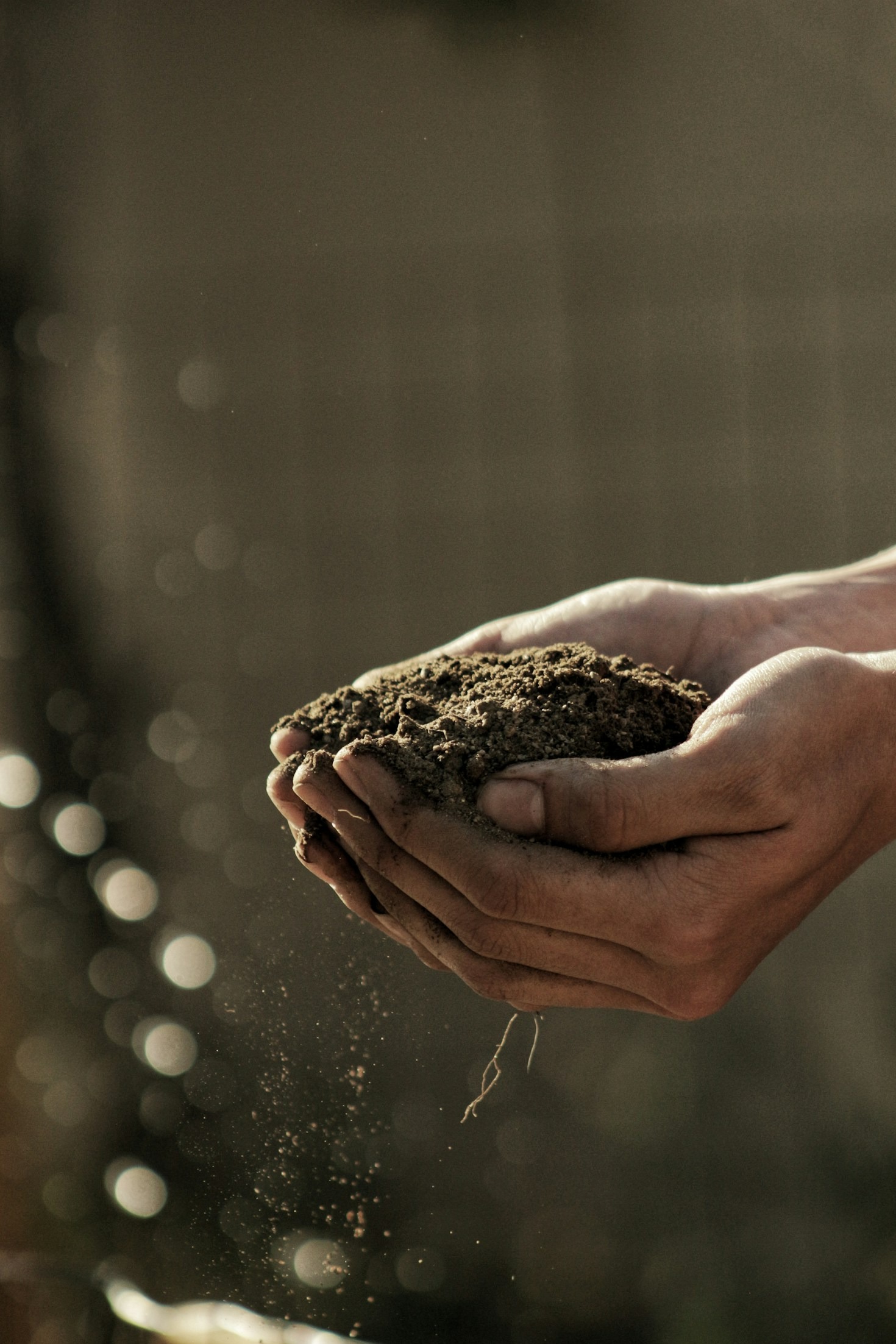Your cart is currently empty!
The farming industry has historically been characterized by slow, steady evolution, but recent technological advancements are rapidly reshaping how agriculture operates. From precision farming to drone technology, innovative solutions are enhancing productivity, sustainability, and efficiency in ways once thought impossible. In this article, we will explore the most transformative tools revolutionizing the farming industry and how they contribute to modern agricultural practices.
Innovative tools in farming are not just changing practices; they are redefining the very future of agriculture, making it more efficient, sustainable, and capable of meeting the challenges of a growing global population.
The Need for Innovation in Agriculture
As the global population continues to swell, the demand for food production is skyrocketing. At the same time, farmers are facing challenges such as climate change, labor shortages, and the need for sustainable practices. Innovative tools are pivotal in addressing these challenges, enabling farmers to produce more while conserving resources and reducing environmental impact.


Key Innovative Tools in Farming
1. Precision Agriculture Technologies
Precision agriculture employs technology to monitor and manage field variability in crops, allowing farmers to optimize inputs for better yields.
- Soil Sensors: These sensors provide real-time data on soil moisture, nutrient levels, and pH, helping farmers make informed decisions about irrigation and fertilization.
- Variable Rate Technology (VRT): VRT enables farmers to apply fertilizers and pesticides precisely where needed, reducing waste and minimizing environmental impact.
- Yield Monitoring Tools: These tools track crop yield in real-time during harvest, providing valuable data that can inform future planting and management decisions.
2. Drones and Aerial Imagery
Drones are becoming increasingly popular in agriculture for their ability to gather data and provide insights across vast areas of farmland.
- Crop Surveillance: Drones equipped with high-resolution cameras and multispectral sensors can identify crop health issues, monitor growth patterns, and assess irrigation needs.
- Mapping and Analysis: Aerial imagery allows for the creation of detailed maps that can inform planting strategies, helping farmers monitor the performance of different fields over time.
- Spraying Applications: Some drones are designed for precision spraying of fertilizers and pesticides, offering a faster and more efficient alternative to traditional methods.
3. Farm Management Software
Digital platforms are transforming how farmers manage their operations, making data-driven decision-making accessible.
- Field Monitoring: Farm management software consolidates data from multiple sources, enabling farmers to track weather patterns, soil conditions, and crop performance in one convenient location.
- Financial Planning & Management: These platforms often include financial management tools, helping farmers budget, forecast revenues, and track expenses to enhance profitability.
- Record Keeping: Efficient record-keeping features can aid compliance with regulations and help farmers analyze past performance to improve future practices.
4. Autonomous Equipment
Automation is revolutionizing farming, allowing for greater efficiency and reduced labor costs.
- Tractors and Harvesters: Autonomous tractors and combines can operate without human intervention, performing tasks like planting, cultivating, and harvesting with high precision.
- Robotic Weed Control: Robots designed to identify and remove weeds can significantly reduce the need for herbicides, promoting environmentally-friendly farming practices.
- Planting and Seeding Robots: These machines can accurately plant seeds at optimal depths and spacing, leading to better crop establishment and yields.
5. Biotechnological Advancements
Innovations in biotechnology are unlocking new possibilities for crop improvement and pest management.
- Genetically Modified Organisms (GMOs): Crops engineered for traits like pest resistance or drought tolerance can lead to greater productivity and resilience under varying climate conditions.
- CRISPR Technology: This gene-editing tool offers the potential to enhance crop capabilities, allowing scientists to make precise modifications that lead to desired traits.
- Biofertilizers and Biopesticides: The adoption of biological agents can promote soil health and protect crops while minimizing chemical inputs.
Benefits of Innovative Farming Tools
The implementation of these innovative tools yields numerous benefits, including:
- Increased Efficiency: Automation and precision agriculture reduce labor costs and optimize resource use, enabling farmers to do more with less.
- Sustainable Practices: Many innovative tools promote sustainable farming by reducing chemical usage and conserving water, helping to protect the environment.
- Higher Yields: Data-driven decision-making and enhanced crop management lead to improved productivity, allowing farmers to meet the demands of a growing population.
- Better Risk Management: With real-time data and analytics, farmers can respond quickly to challenges such as pest infestations, adverse weather conditions, or market changes.
Conclusion
The agricultural landscape is undergoing a remarkable transformation, driven by innovative tools that enhance efficiency, sustainability, and productivity. By adopting technologies such as precision agriculture, drones, and autonomous equipment, farmers can navigate the challenges of modern agriculture while contributing to global food security. As these tools continue to evolve, they will play an increasingly vital role in shaping the future of farming.


Leave a Reply